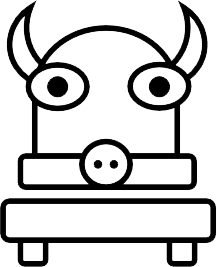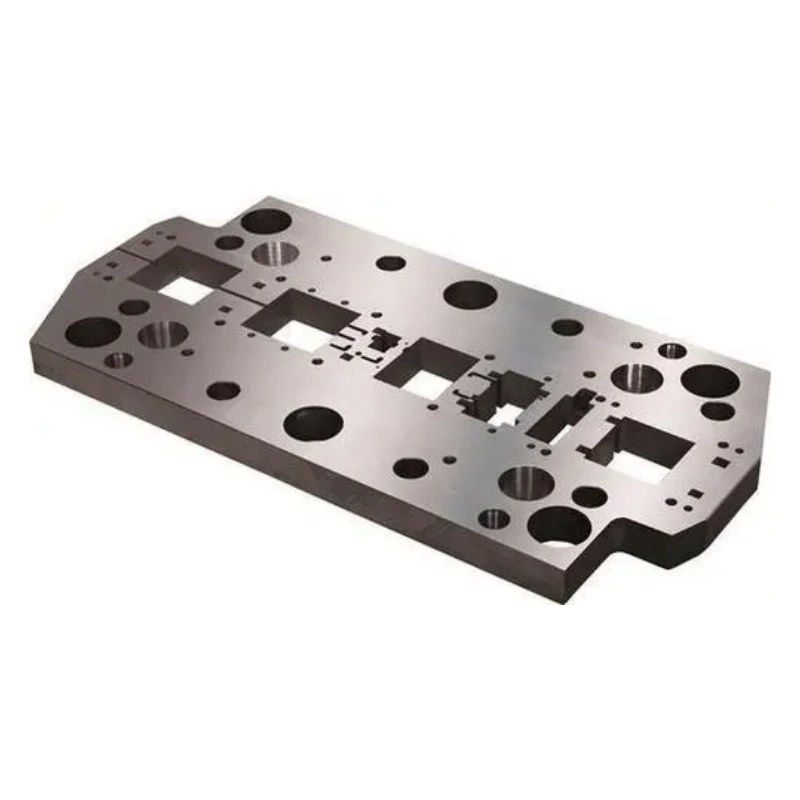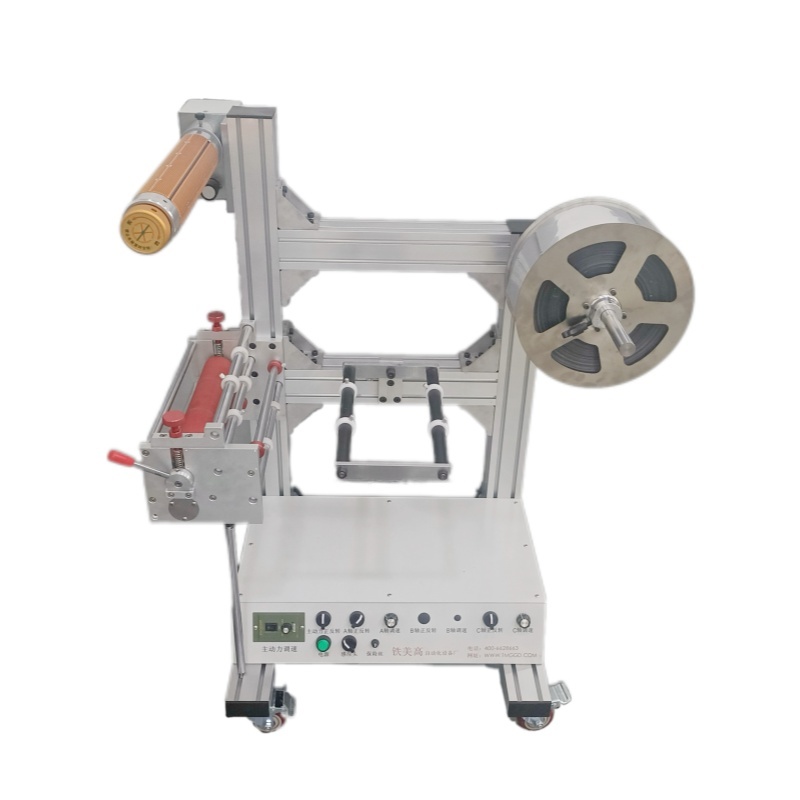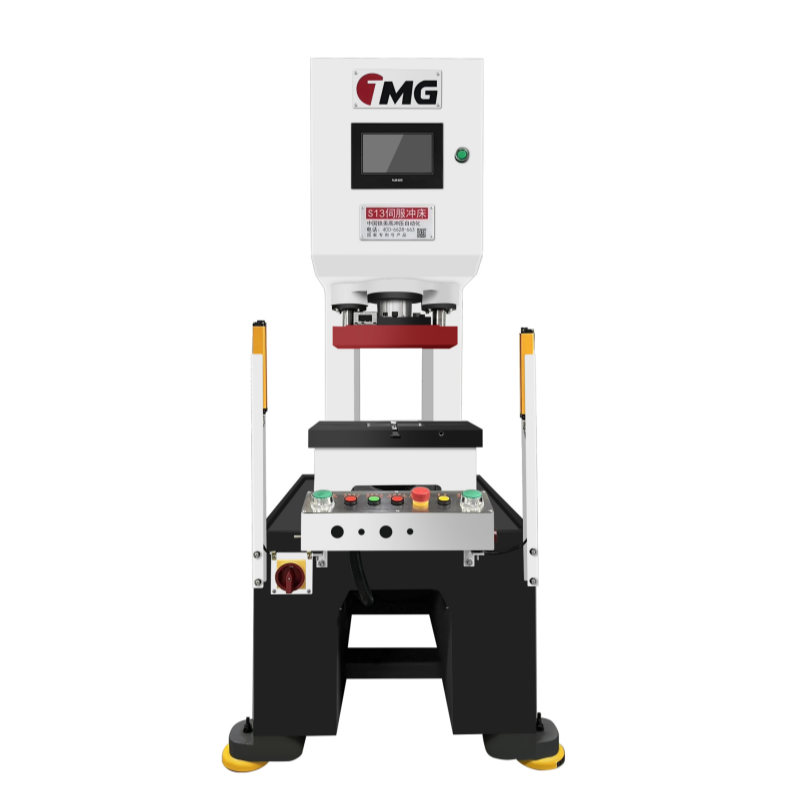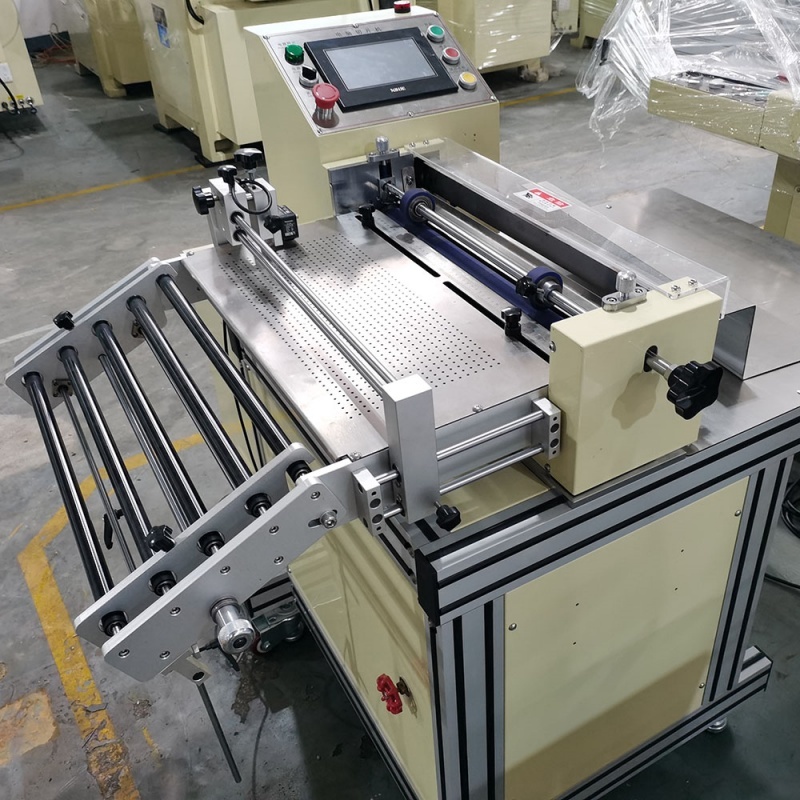The Ultimate Guide to Choosing the Right Metal Stamping Machine
The Ultimate Guide to Choosing the Right Metal Stamping Machine
Understanding the Basics of Metal Stamping Machines
Choosing a metal stamping machine is a critical decision that impacts production efficiency and overall costs. Metal stamping involves shaping metal sheets through various processes, including cutting, bending, and forming. The right machine not only enhances productivity but also ensures precision and quality in the final product.
Types of Metal Stamping Machines
To select the right machine, it's essential to understand the different types available. Each type serves distinct purposes and comes with unique features:
1. Mechanical Stamping Machines
Mechanical stamping machines use a mechanical press to shape metal. They are known for their speed and efficiency, making them ideal for high-volume production. However, they often require more maintenance and can be less flexible in terms of design changes.
2. Hydraulic Stamping Machines
Hydraulic stamping machines utilize hydraulic pressure to operate. They are versatile and can handle complex shapes and thicker materials. While they may operate at a slower pace than mechanical machines, their ability to provide consistent force makes them a popular choice for intricate designs.
3. Servo-Driven Stamping Machines
These machines combine the benefits of mechanical and hydraulic systems. Servo-driven machines offer programmable control, allowing for precision in speed and force. This flexibility makes them suitable for a wide range of applications, from small batch sizes to large production runs.
Key Factors to Consider When Choosing a Metal Stamping Machine
When evaluating options, several factors will determine the best fit for your needs:
1. Production Volume Requirements
Understanding your production volume is crucial. High-volume operations may benefit from mechanical machines, while low to medium volumes might find hydraulic or servo-driven machines more cost-effective.
2. Material Type and Thickness
Different machines can handle various materials, including steel, aluminum, and copper, each with different thicknesses. Knowing the materials you'll be working with is essential to choose a machine that can handle them effectively.
3. Design Complexity
If your projects involve intricate designs, investing in a hydraulic or servo-driven machine may be worthwhile. These machines offer the flexibility necessary for complex shapes without sacrificing quality.
4. Budget Constraints
The initial cost of the machine is just one part of the equation. Consider ongoing maintenance, operating costs, and potential downtime when evaluating your budget. Determine the total cost of ownership to make an informed decision.
5. Space and Size Considerations
Assess the space available in your manufacturing facility. Some machines require more floor space than others. Ensure that your chosen machine fits comfortably in your production area, allowing for efficient workflows.
Essential Features to Look For
Once you've narrowed down your options based on type and requirements, focus on essential features that enhance usability and efficiency:
1. Automation Capabilities
Automated machines can significantly reduce labor costs and enhance efficiency. Look for machines with automatic feeders and ejectors to streamline the stamping process.
2. Safety Features
Safety should never be compromised. Machines equipped with safety guards, emergency stop buttons, and sensors to detect operator presence can help prevent accidents and injuries in the workplace.
3. Energy Efficiency
Energy-efficient machines not only reduce operating costs but are also more environmentally friendly. Look for models that have energy-saving features or certifications.
4. Ease of Operation and Maintenance
A user-friendly interface and straightforward maintenance procedures can save time and reduce the learning curve for operators. Machines with intuitive controls and easily accessible components are preferable.
Maintenance Tips for Metal Stamping Machines
Regular maintenance is vital to prolong the lifespan of your metal stamping machine. Here are some tips to keep your machine running smoothly:
1. Regular Cleaning
Dust and debris can hinder performance. Regularly clean the machine to prevent buildup and ensure optimal operation.
2. Lubrication
Proper lubrication of moving parts minimizes friction and wear. Follow manufacturer guidelines for lubrication schedules and types of lubricant.
3. Calibration and Alignment
Ensure that your machine is calibrated correctly to maintain precision in production. Regularly check for alignment issues, as misalignment can lead to defects in the final product.
4. Component Inspection
Periodically inspect vital components, such as hydraulic systems, electrical connections, and mechanical parts. Early detection of wear and tear can prevent costly breakdowns.
Common Applications of Metal Stamping Machines
Metal stamping machines find applications across various industries. Understanding these applications can help you identify the right machine for your specific needs:
1. Automotive Industry
In the automotive sector, metal stamping is used to produce parts like chassis components, brackets, and housings, ensuring structural integrity and safety.
2. Electronics Manufacturing
Metal stamping machines produce enclosures, connectors, and other components critical to the functionality of electronic devices, often requiring high precision.
3. Aerospace Engineering
The aerospace industry relies on metal stamping for lightweight yet durable components. The precision and strength of stamped parts are crucial for aircraft performance.
4. Appliance Manufacturing
Household appliances often contain stamped metal parts, from casings to structural supports. The efficiency of stamping allows for mass production of these components.
Cost Considerations for Metal Stamping Machines
When budgeting for a metal stamping machine, consider various cost factors beyond the purchase price:
1. Initial Purchase Price
This is the most apparent cost but can vary widely based on machine type, features, and brand reputation.
2. Operating Costs
Evaluate costs related to energy consumption, labor, and tooling needs. Efficient machines may have higher upfront costs but lower operating expenses.
3. Maintenance and Repair Costs
Budget for regular maintenance and potential repairs. Investing in a machine with a good warranty can mitigate these costs.
4. Downtime Costs
Consider the potential costs associated with machine downtime. A reliable machine that minimizes breakdowns will save money in the long run.
FAQs About Choosing Metal Stamping Machines
1. What is the difference between hydraulic and mechanical stamping machines?
Hydraulic machines use fluid pressure for operation and are better for complex shapes, while mechanical machines use mechanical force and are faster for high-volume production.
2. How do I determine the right size of the machine for my needs?
Assess the space available in your facility and the size of the parts you'll be producing. Consider both footprint and working envelope.
3. What maintenance is required for metal stamping machines?
Regular cleaning, lubrication, inspection, and calibration are essential for maintaining efficiency and prolonging the lifespan of the machine.
4. Are there any safety certifications I should look for in a stamping machine?
Yes, look for machines that comply with industry safety standards, such as OSHA regulations or CE marking in Europe.
5. Can I retrofit my existing machine with automation features?
Many older machines can be retrofitted with automation technologies. Consult with a professional for feasibility and potential costs.
Conclusion
Selecting the right metal stamping machine involves careful consideration of various factors, including the type of operations, production volume, and specific industry needs. By evaluating your requirements and understanding the available options, you can make an informed decision that enhances your production capabilities while ensuring quality and efficiency. Investing in the right machine not only benefits your current operations but also positions your business for future growth in an increasingly competitive landscape.
About Us
Specializing in the production of automatic stamping equipment and punching machine peripheral equipment, is a research and development, design, production, sales, maintenance as one of the international precision stamping automation equipment manufacturing enterprises.
Contact Us
Add: Building A, Xiaoxuewei Industrial Park, Shajing, Bao'an District, Shenzhen
WhatsApp: +86 190 9240 6289
E-mail: xiaolisisale1@gmail.com
Related News






